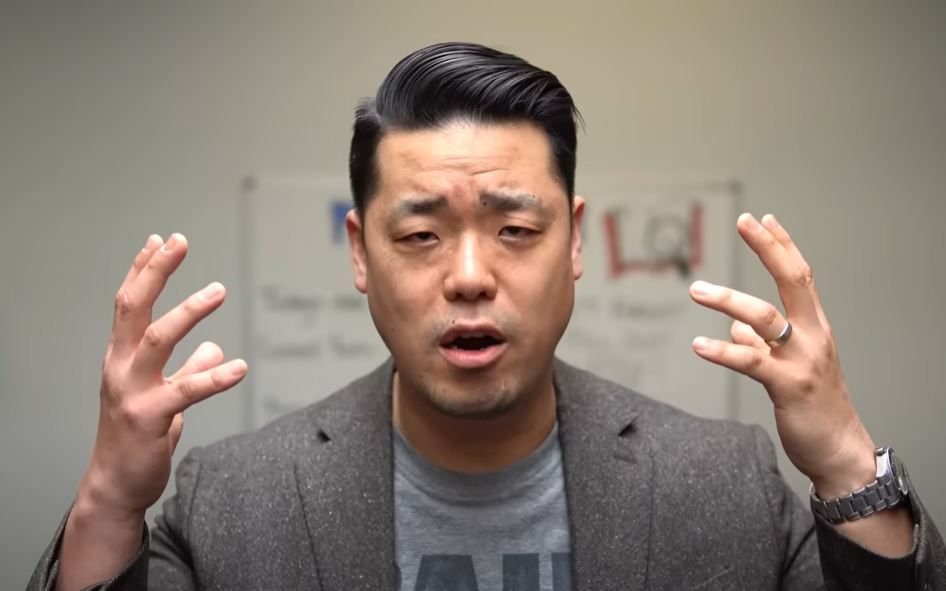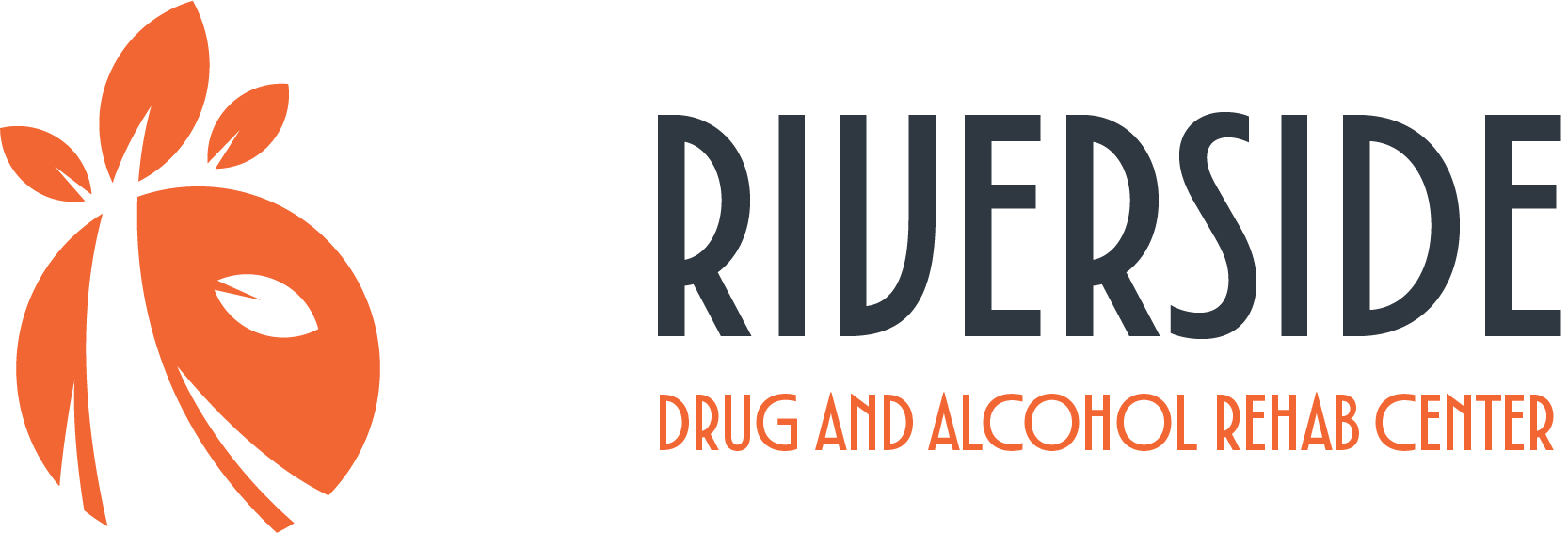How Long Does Alcohol Withdrawal Last?
Understanding the duration of alcohol withdrawal is crucial for managing symptoms and ensuring a safe recovery process.
Alcohol withdrawal is a serious condition that can affect anyone who decides to reduce or stop their alcohol intake after a period of heavy use. Top rehab centers such as Riverside Drug and Alcohol Rehab Center offer personalized treatment plans to help deal with these types of conditions. The symptoms can vary in severity, but they often include shaking, sweating, nausea, and irritability. Typically, alcohol withdrawal symptoms can begin as soon as a few hours after the last drink and might last for several days, with the most intense symptoms occurring during the first 48 to 72 hours. It is crucial to approach alcohol detox with caution and often under medical supervision, especially for those with alcohol use disorder.
According to the National Center for Biotechnology Information (NCBI), approximately 50% of individuals who suddenly stop or reduce their alcohol intake will experience alcohol withdrawal syndrome (AWS) (NCBI, 2023). The process of withdrawal is divided into stages, with each stage presenting different symptoms and challenges. While milder symptoms might be manageable, moderate to severe cases demand attention due to the risk of complications. Around 3% to 5% of patients with AWS will progress to alcohol withdrawal delirium, which can be fatal (NCBI, 2023). It's important to understand the timeline and duration of withdrawal to prepare for what lies ahead.
Withdrawal seizures can occur within a few hours to 48 hours after alcohol cessation, and alcohol hallucinosis affects approximately 2% of patients, presenting with visual or auditory hallucinations that usually subside within 48 hours (NCBI, 2023). Alcohol use disorder requires a thoughtful approach, and seeking the right support is an important step toward recovery. Recognizing the signs of withdrawal and knowing when to seek medical help can make a significant difference in the detox journey. Engaging in a medically supervised detox not only ensures safety but also provides a foundation for ongoing treatment and recovery.
Dr. Andrew Kim Explains Alcohol Withdrawal

Dr. Andrew Kim, a board-certified psychiatrist, provides an in-depth and straightforward explanation of alcohol withdrawal in this video. He highlights the prevalence of alcohol use disorder in the United States, where one in ten Americans meets the criteria for alcohol abuse or dependence. Half of these individuals may experience alcohol withdrawal if they abruptly stop drinking or reduce their intake, with about 20% facing severe symptoms that can lead to life-threatening outcomes. Dr. Kim emphasizes the importance of consulting a healthcare professional before attempting to quit alcohol, as withdrawal can start within 6 to 24 hours after the last drink or reduction in alcohol consumption.
Dr. Kim Explains Alcohol Withdrawal
Dr. Andrew Kim, a board-certified psychiatrist, provides a comprehensive explanation of alcohol withdrawal and its significance. He emphasizes that alcohol use disorder is widespread, with one in ten Americans meeting the criteria for alcohol abuse or dependence. He notes that half of these individuals may experience some degree of withdrawal if they suddenly stop or significantly reduce their alcohol consumption. Dr. Kim points out that while most cases are mild to moderate, about 20% can be severe and potentially life-threatening. He stresses the importance of seeking professional guidance before attempting to quit alcohol, as withdrawal can start sooner than many people realize, even within hours of the last drink or reduction in intake.
How Long Alcohol Withdrawal Lasts According to Dr. Kim
According to Dr. Kim, the duration of alcohol withdrawal varies depending on the severity of the symptoms. Mild to moderate symptoms, such as shakiness, headaches, agitation, and sleep disturbances, can last between 1 to 5 days. These symptoms might prompt individuals to resume drinking to relieve the discomfort, perpetuating the cycle of dependence.
In more severe cases, withdrawal symptoms like alcoholic hallucinosis—characterized by visual, auditory, and tactile hallucinations—can begin 12 to 24 hours after the last drink and may last for a few days, sometimes extending up to weeks in rare cases. Alcohol withdrawal seizures, another severe complication, can occur 6 to 48 hours after the last drink, with a risk of multiple seizures within a short span of time.
The most severe form, delirium tremens (DTs), may manifest 3 to 4 days after stopping alcohol and can last for several days. DTs involve severe confusion, hallucinations, agitation, and unstable vital signs, requiring intensive medical care. Dr. Kim underscores the importance of preventing the onset of severe withdrawal symptoms through early intervention and appropriate medical support.
How Long Does Alcohol Withdrawal Last?
Acute Withdrawal Phase
This phase usually begins about 6 to 12 hours after the last drink. Symptoms can include headaches, anxiety, nausea, and insomnia. These symptoms often worsen within 24 to 72 hours, with some people experiencing tremors and even hallucinations.
Most individuals will find that these acute symptoms decrease in severity within 5 to 7 days. Heavy drinkers may notice symptoms peaking around the first 48 hours. Monitoring during this period is crucial, as withdrawal can lead to severe complications such as seizures or delirium tremens in some cases. Seeking medical help is recommended for those with severe symptoms.
Post-Acute Withdrawal Syndrome (PAWS)
After the acute phase, some individuals experience PAWS, where symptoms can persist and fluctuate for weeks or even months. Symptoms often include mood swings, anxiety, sleep disturbances, and cravings. Unlike the acute phase, which is concentrated and intense, PAWS is more nuanced and can affect mental health over time.
The duration of PAWS can vary, but it often lasts anywhere from several months to over a year. Support and counseling can help manage these ongoing symptoms, improving quality of life. Understanding PAWS is key for those in recovery, as it poses unique challenges even after overcoming acute withdrawal.
Looking for Assistance in Accessing Treatment?
Worried about treatment costs or limited insurance coverage? We accept various insurance providers to ensure you get the care you need, regardless of your financial situation.
Contact us today to learn how we can help.
What is Alcohol Withdrawal?
Alcohol withdrawal is a condition that happens when an individual who is dependent on alcohol stops drinking abruptly. Dependence develops over time as a person continues heavy drinking, leading to increased tolerance. Increased tolerance means the body requires more alcohol to achieve the same effect. When alcohol consumption stops, the body struggles to adjust, causing withdrawal symptoms. These symptoms vary in intensity based on factors such as drinking history and overall health.
Alcohol Withdrawal Syndrome
Alcohol Withdrawal Syndrome (AWS) is the term used for the collection of symptoms that appear when someone who has been drinking heavily for an extended period suddenly stops. Common symptoms include shaking, sweating, nausea, and headaches.
Some individuals may experience more severe symptoms like hallucinations or seizures. These symptoms generally begin within a few hours after the last drink and can last for several days. Professional medical help should be sought, especially in severe cases, to manage symptoms safely.
Central Nervous System Depressant Effects
Alcohol acts as a central nervous system depressant, meaning it slows down brain activity. With regular heavy drinking, the brain becomes accustomed to these depressant effects. When alcohol is removed, the brain's activity spikes, leading to withdrawal symptoms. This disruption can be uncomfortable and, in some cases, dangerous. Individuals suffering from depression, anxiety, or other mental health conditions may find symptoms more intense. Understanding the impact on the central nervous system emphasizes the need for a careful approach to cessation.
Symptoms of Alcohol Withdrawal
Mild Withdrawal Symptoms
Mild withdrawal symptoms may begin as early as six to twelve hours after the last drink. These include headaches, mild anxiety, and slight tremors. Some individuals may also experience sweating and a sense of agitation.
Physical symptoms often involve nausea and restlessness. Emotional symptoms include increased irritability and difficulty sleeping. Although these symptoms are uncomfortable, they generally do not require medical intervention.
Severe Alcohol Withdrawal Symptoms
Severe symptoms typically develop between 24 to 72 hours after stopping alcohol. These can include pronounced tremors, seizures, and heightened anxiety.
Physical signs such as intense sweating, increased heart rate, and nausea can occur, along with more pronounced tremors. Mental symptoms like confusion, severe agitation, and disorientation are also common.
Delirium Tremens
Delirium tremens (DTs) is a severe and potentially life-threatening form of alcohol withdrawal. It usually occurs 48 to 72 hours after the last drink, though it can happen later.
Symptoms of delirium tremens include intense confusion, vivid hallucinations, and profound agitation. Additionally, individuals may experience heavy sweating, seizures, and severe tremors.
Get a customized exercise plan
Our in-house experts will review all the information you submit in order to create a plan that works with your schedule and needs.
Alcohol Withdrawal Treatment Options
Managing alcohol withdrawal often includes medical care and support tailored to individual needs. Medications help ease symptoms, while inpatient rehab provides a structured environment. Ongoing support plays a vital role in recovery, helping individuals maintain long-term sobriety.
Benzodiazepines and Medications
Benzodiazepines are commonly prescribed in the treatment of alcohol withdrawal. These medications reduce anxiety, help with sleep issues, and prevent seizures. Diazepam, lorazepam, and chlordiazepoxide are some examples. The use of benzodiazepines is closely monitored by medical professionals to ensure safety and effectiveness.
Additional medications might include anticonvulsants to manage seizures or beta-blockers to control blood pressure and heart rate. These additional medications are prescribed based on individual needs and severity of symptoms. Managing withdrawal with the right medical support can reduce complications and improve comfort.
Inpatient Rehabilitation Services
Inpatient rehabilitation services offer a controlled environment for those undergoing alcohol withdrawal. Patients receive 24-hour medical supervision, which reduces the risk of severe withdrawal symptoms and complications. This setting ensures that medical attention is always available.
Residential rehab programs provide structured therapy sessions to address underlying addiction issues. These sessions may include cognitive-behavioral therapy and group counseling. Inpatient facilities are particularly useful for those with a history of severe withdrawal or those lacking a stable, supportive home environment.
Support and Aftercare
Support and aftercare are crucial in maintaining recovery after initial treatment for alcohol withdrawal. Support groups, such as Alcoholics Anonymous or other 12-step programs, offer peer support and encouragement. These groups provide a safe space for individuals to share experiences and seek guidance.
Aftercare plans often include ongoing therapy or counseling to address emotional and psychological challenges. Continuing therapy helps individuals develop coping strategies and address any potential triggers. Long-term success often depends on having a solid aftercare plan that includes regular participation in support groups and ongoing professional support. This ongoing support reduces the risk of relapse and builds a foundation for a sober life.
